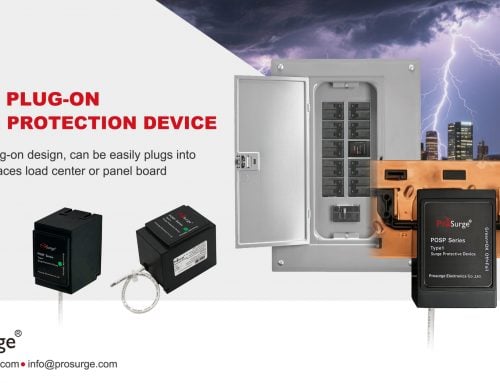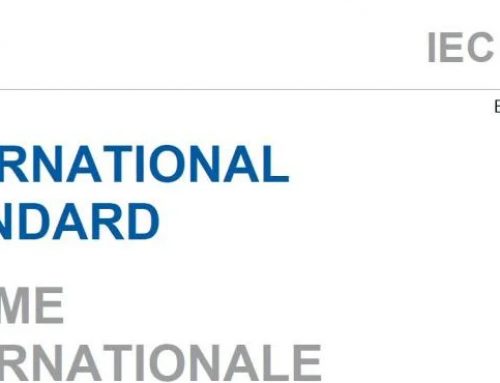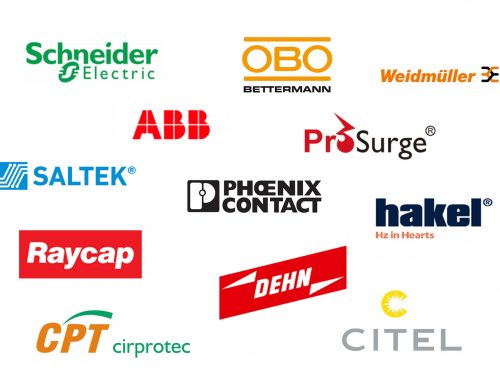The US power distribution system is a TN-C-S system. This implies that the Neutral and Ground conductors are bonded at the service entrance of each, and every, facility or separately derived sub-system. This means that the neutral-to-ground (N-G) protection mode within a multi-mode SPD installed at the service entrance panel is basically redundant. Further from this N-G bondpoint, such as in branch distribution panels, the need for this additional mode of protection is more warranted. In addition to the N-G protection mode, some SPDs can include line-to-neutral (L-N) and line-to-line (L-L) protection. On a three phase WYE system, the need for L-L protection is questionable as balanced L-N protection also provides a measure of protection on the L-L conductors.
Changes to the 2002 edition of the National Electrical Code® (NEC®) (www.nfpa.org) have precluded the use of SPDs on ungrounded delta power distribution systems. Behind this rather broad statement is the intention that SPDs should not be connected L-G as by so doing these modes of protection are creating pseudo grounds to the floating system. Modes of protection connected L-L are however acceptable.The high-leg delta system is a grounded system and as such allows for protection modes to be connected L-L and L-N or L-G.





